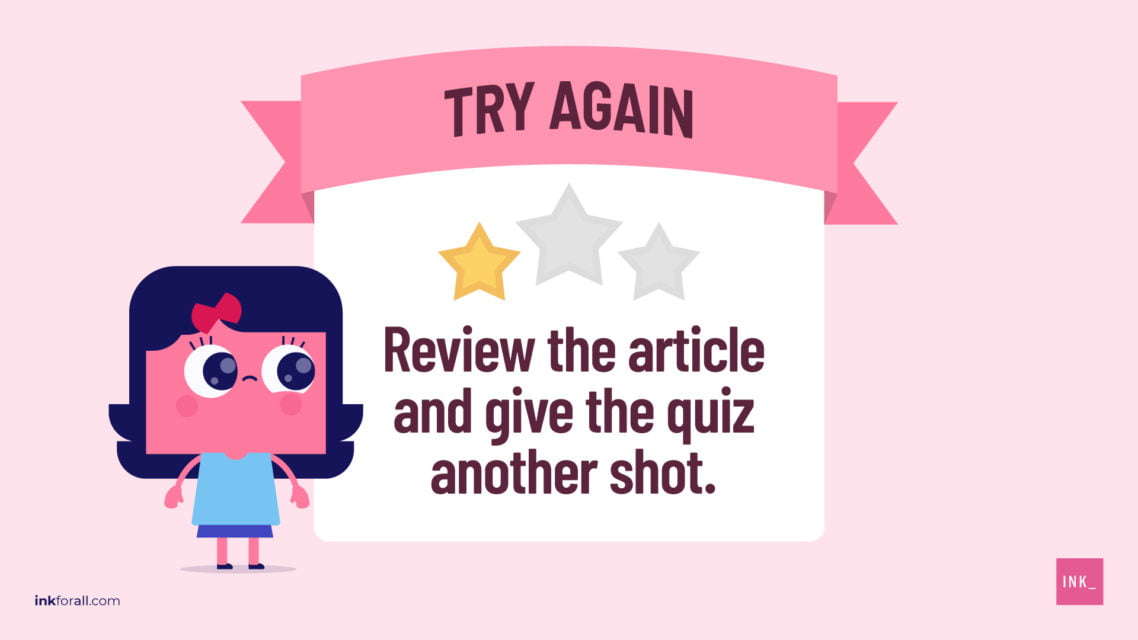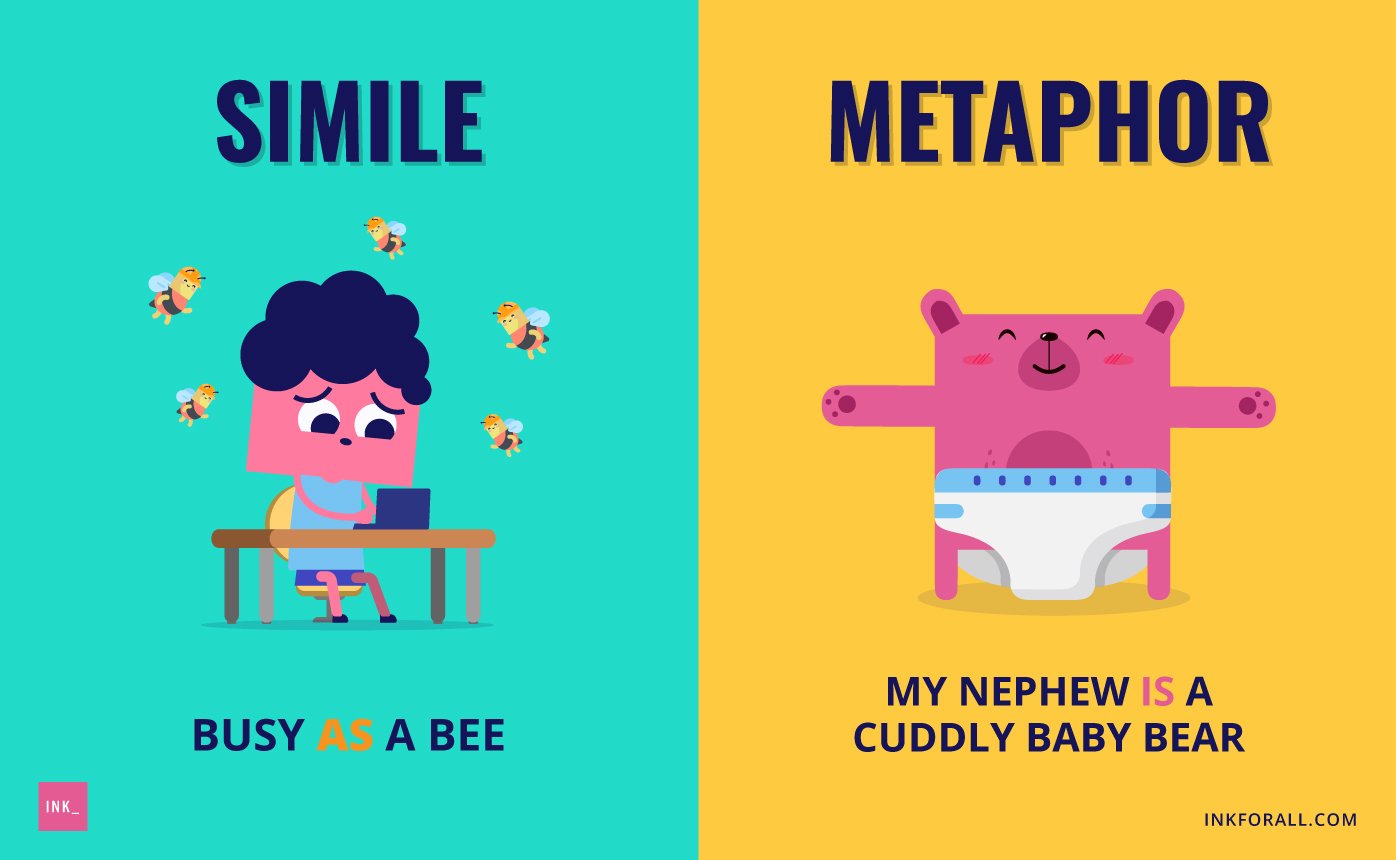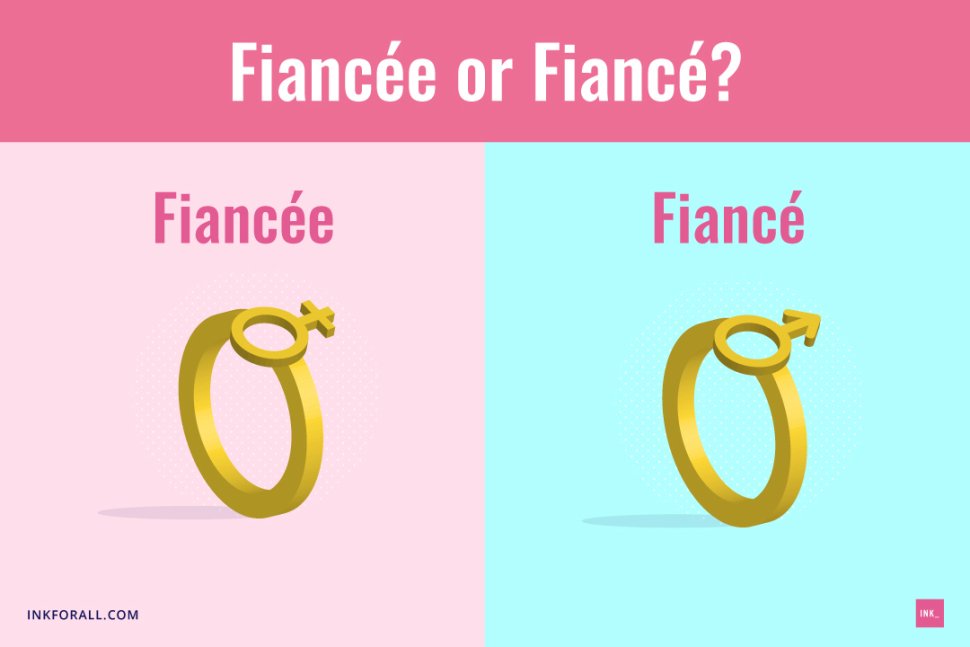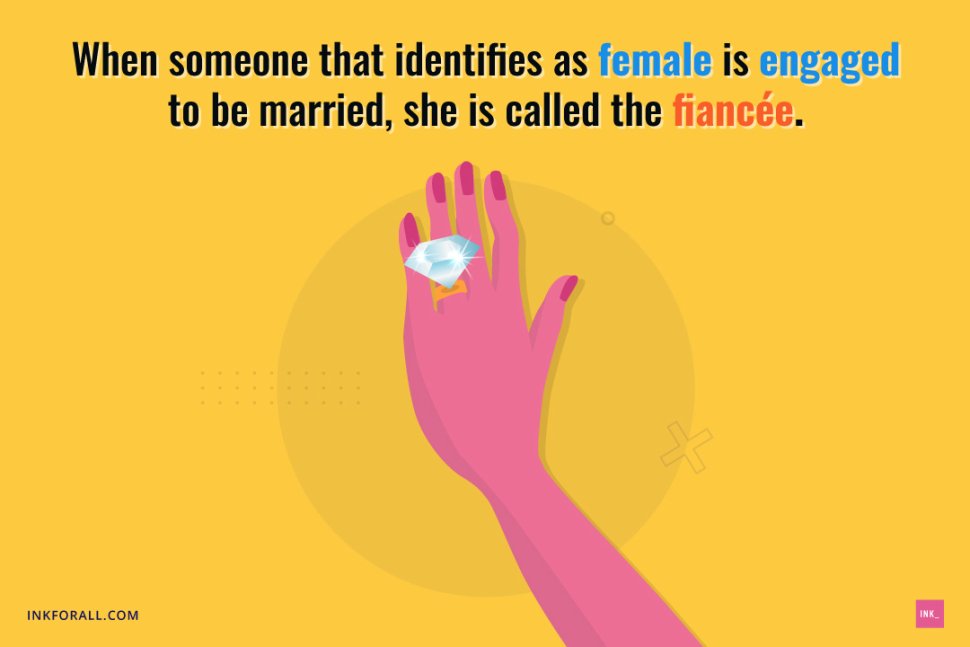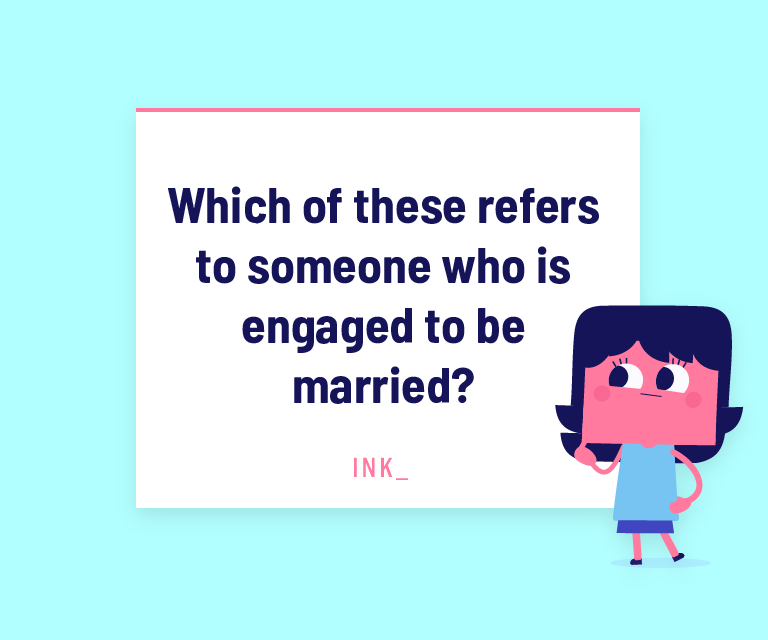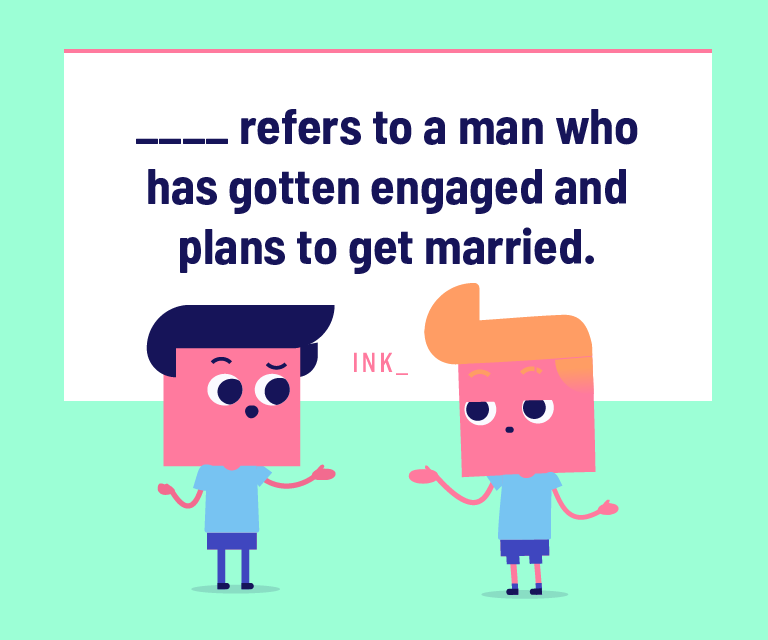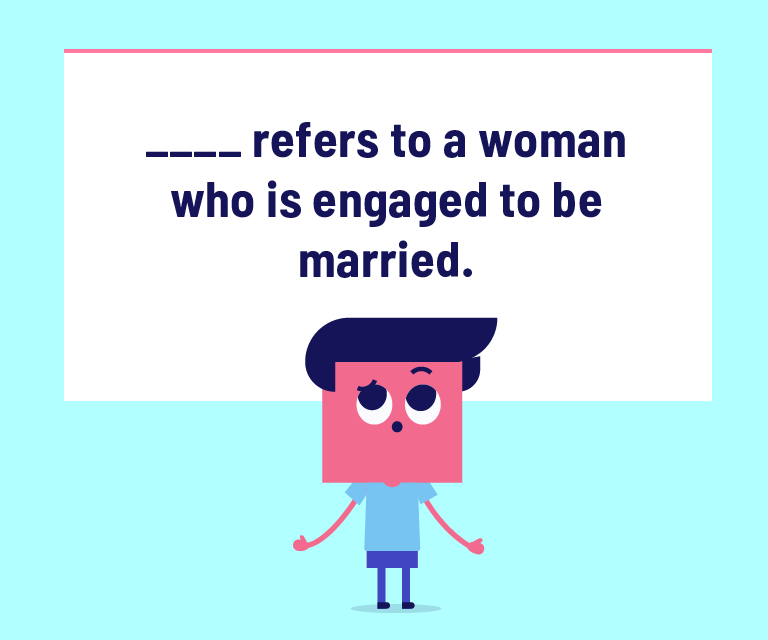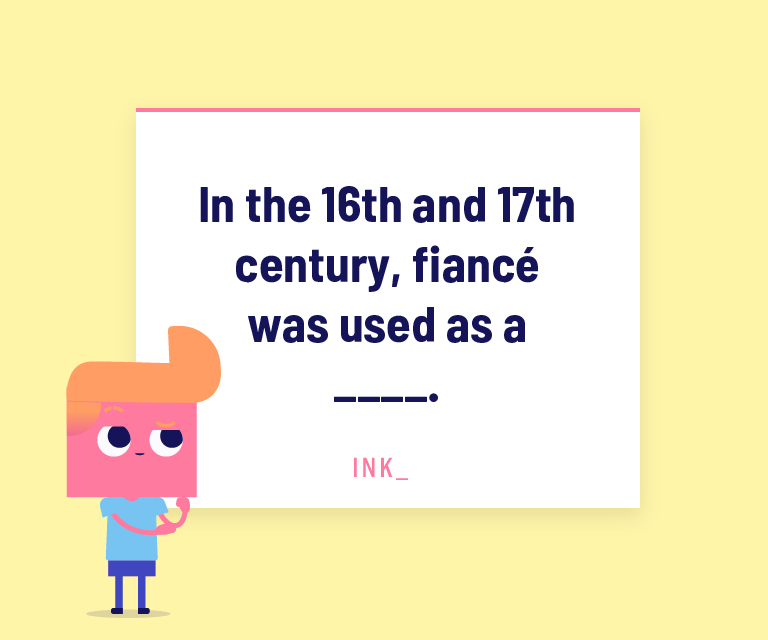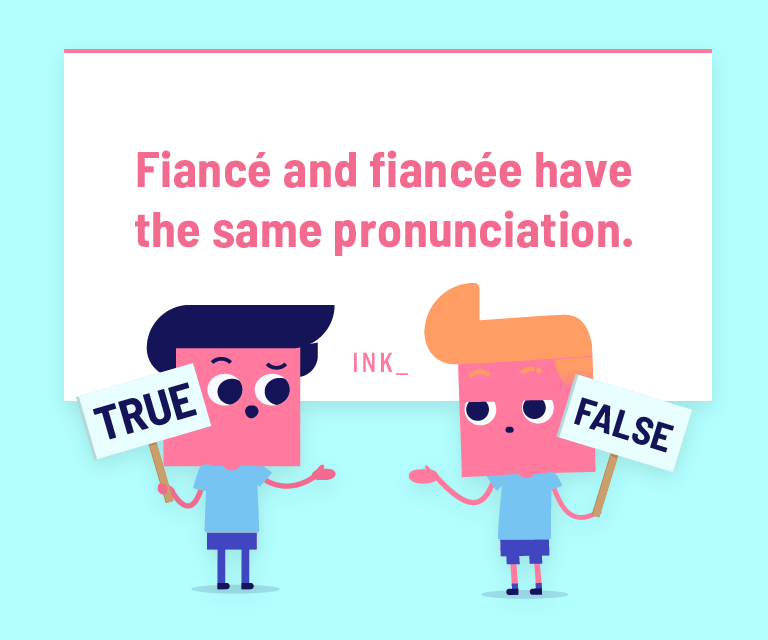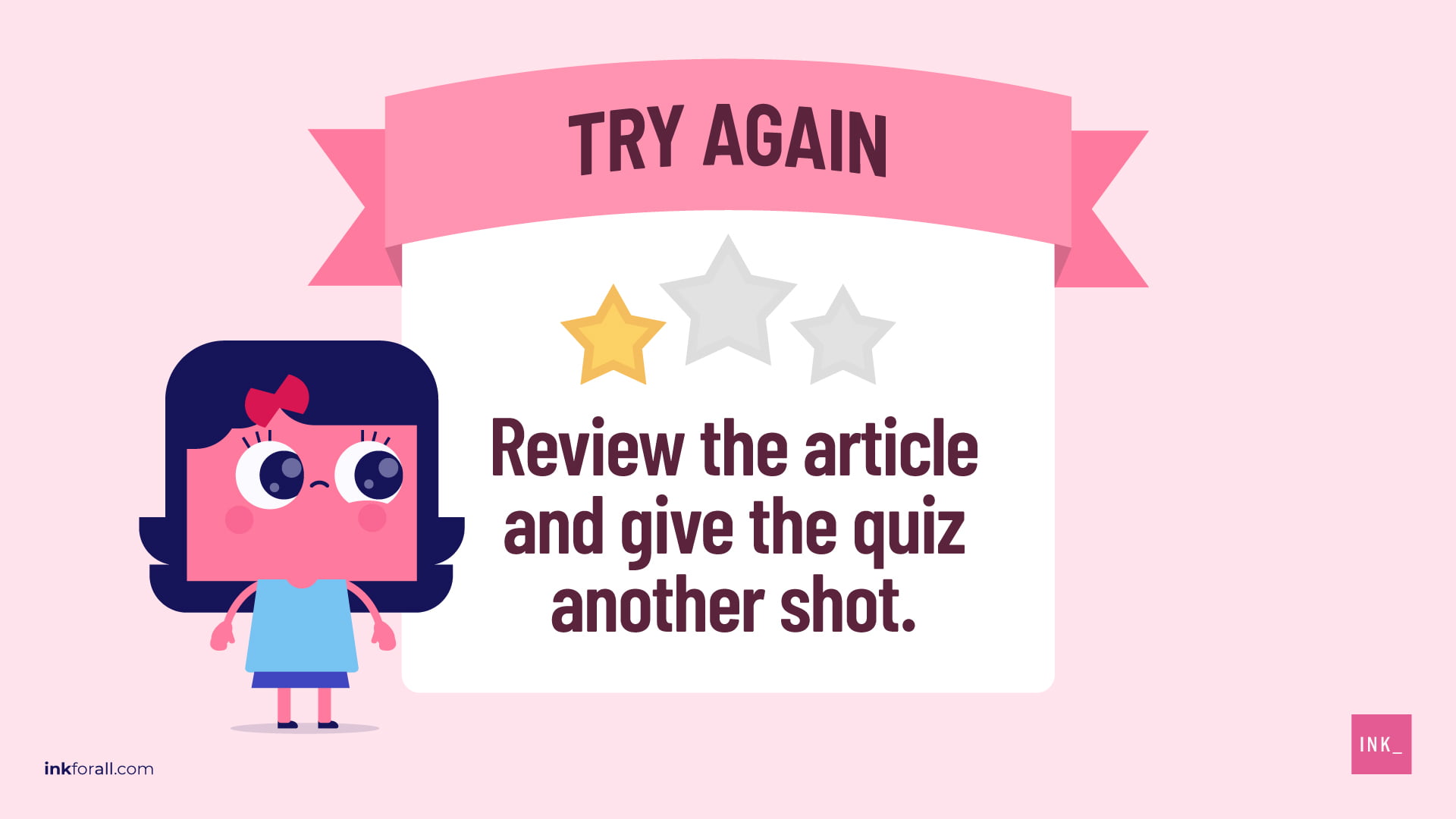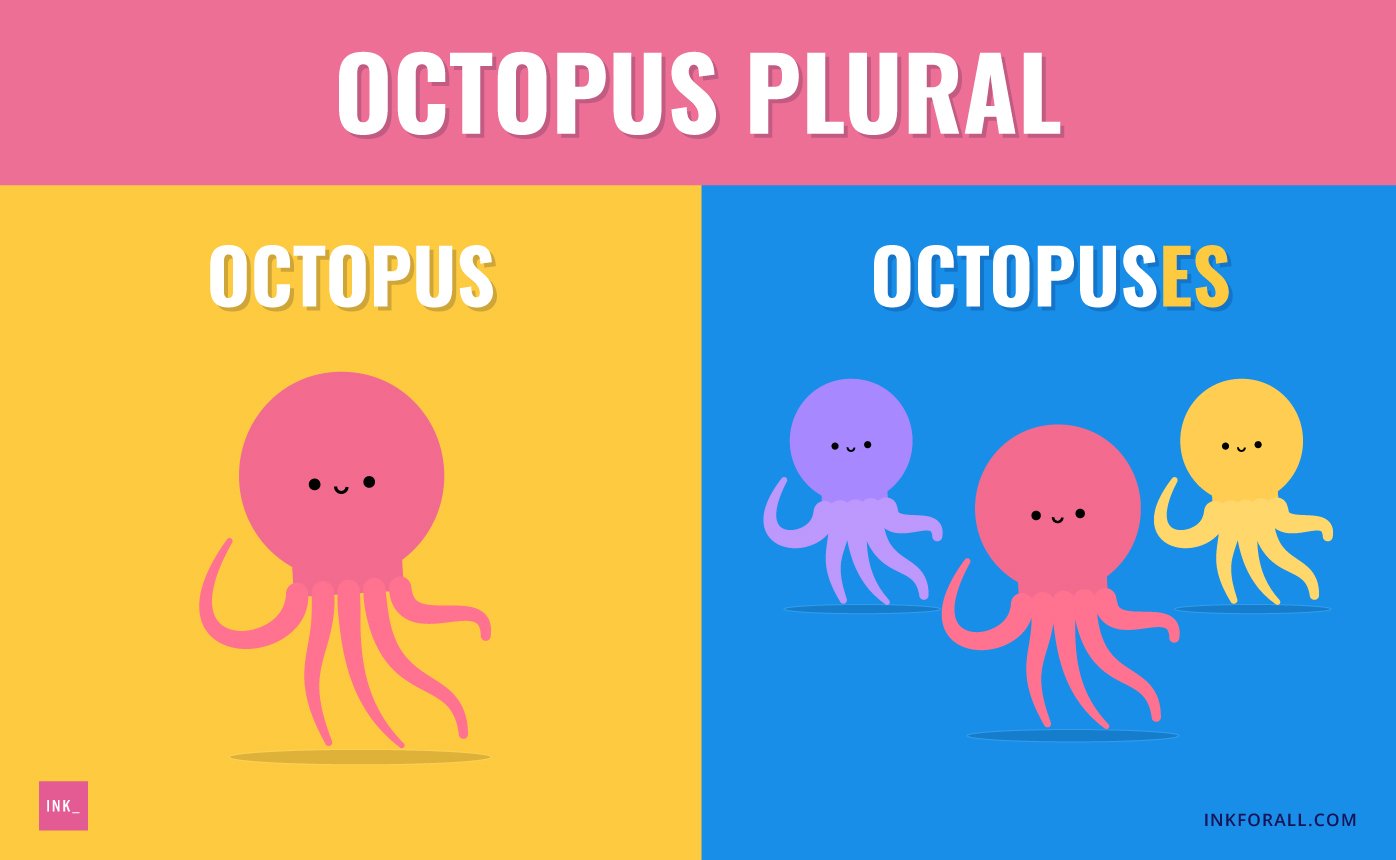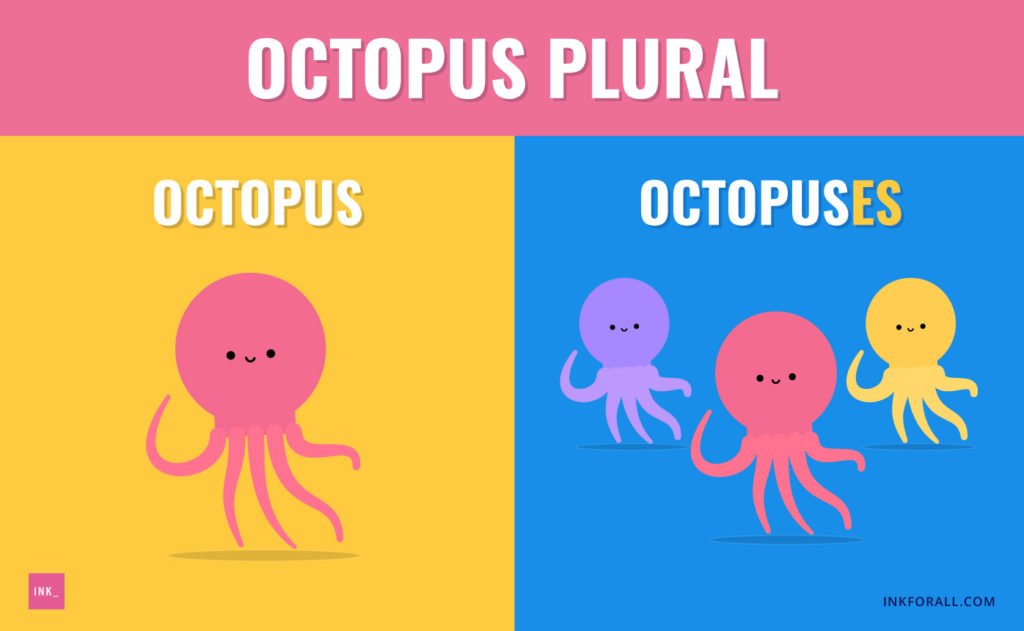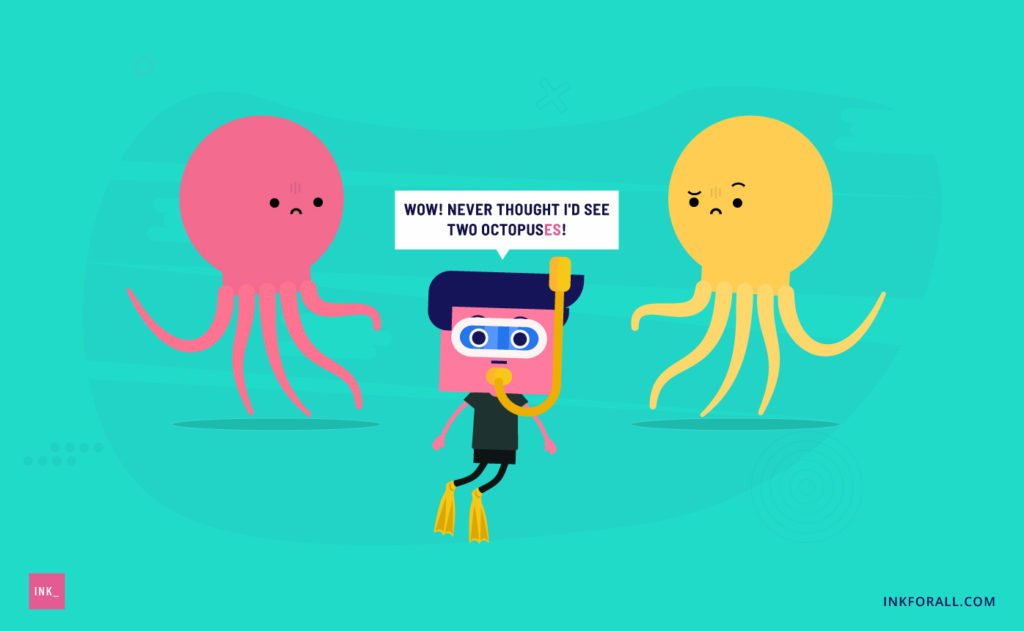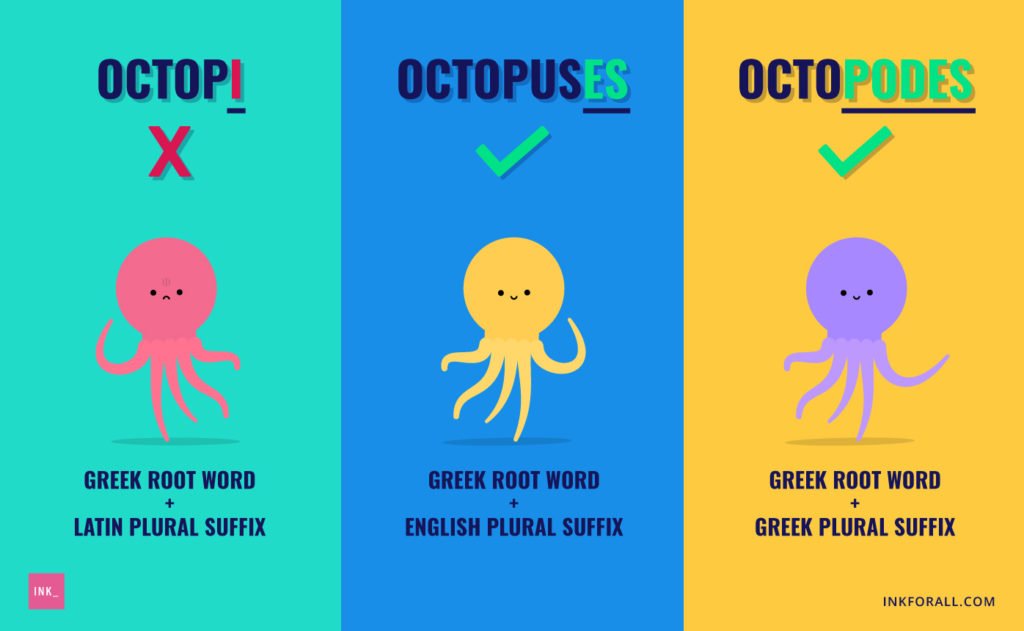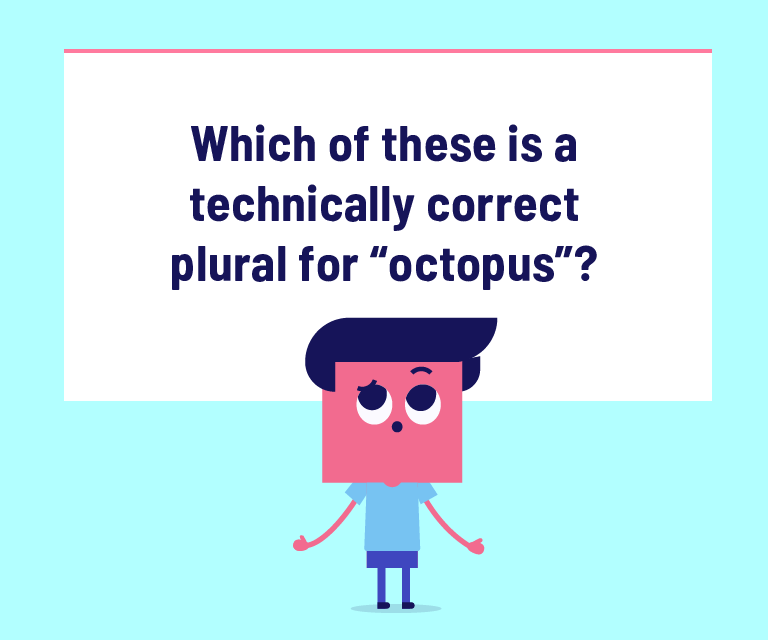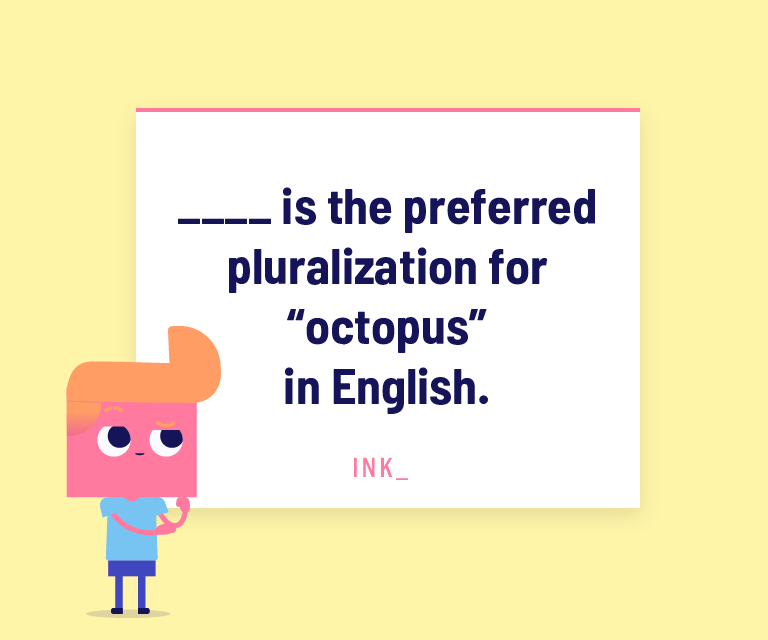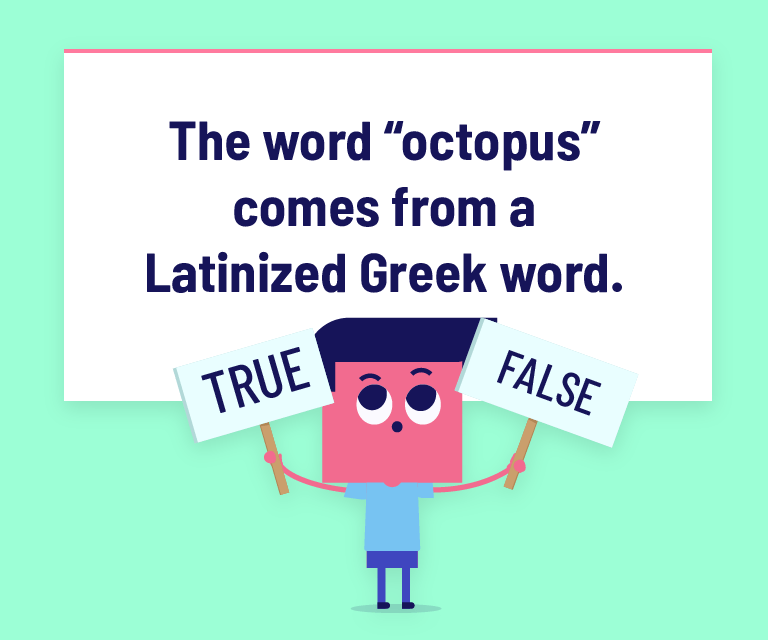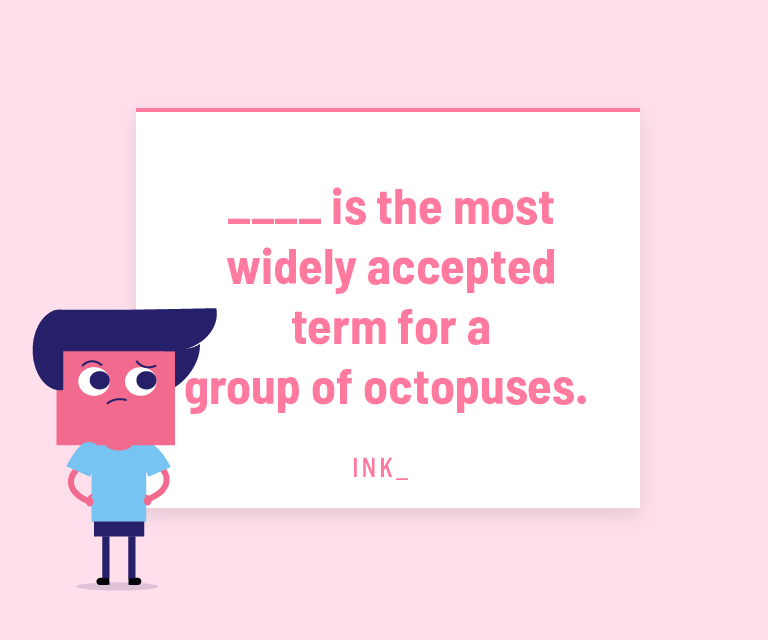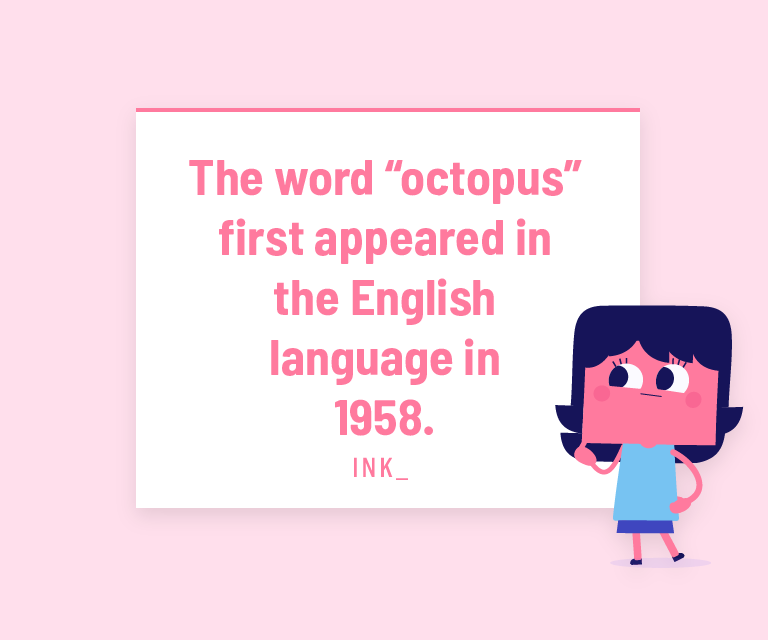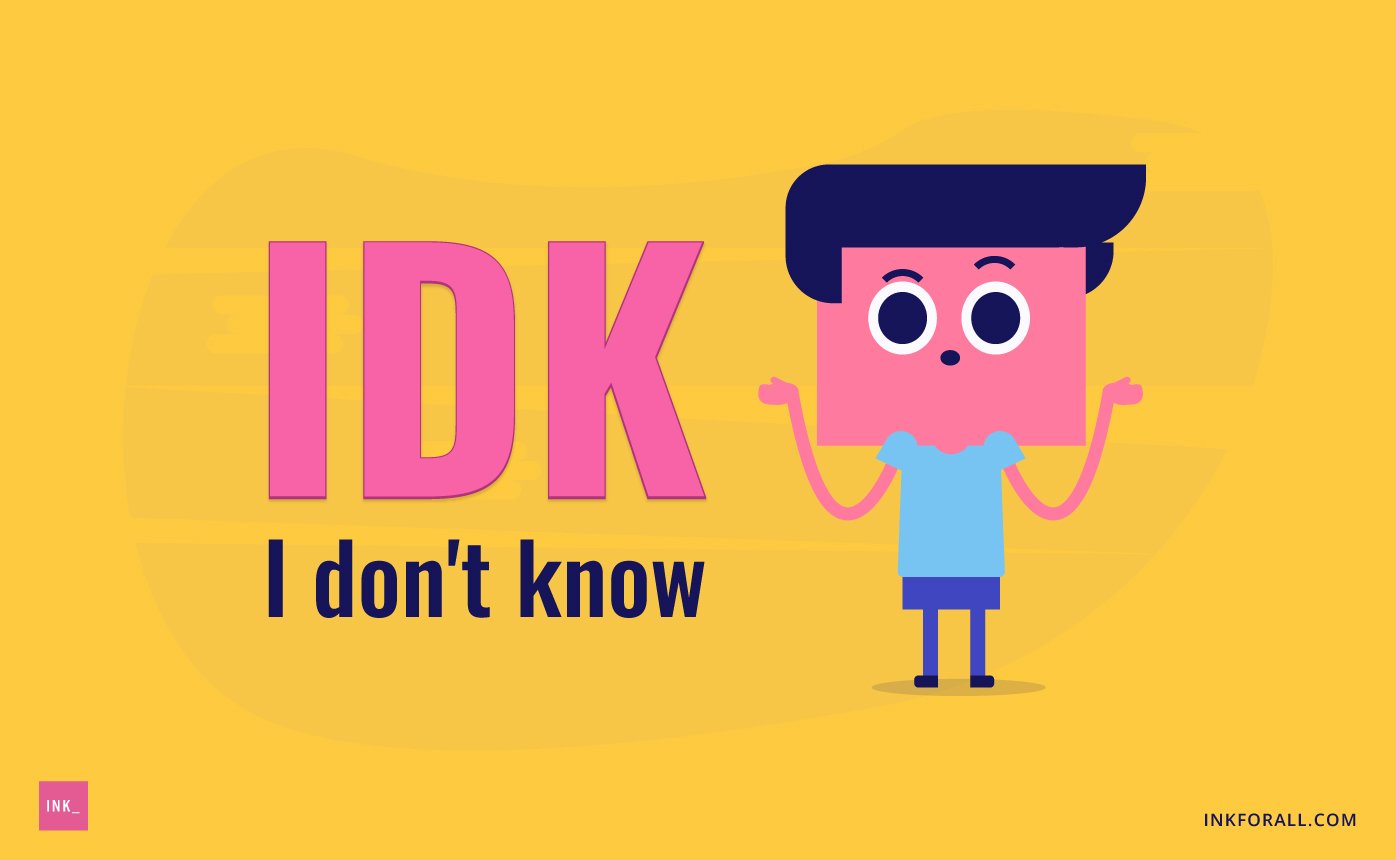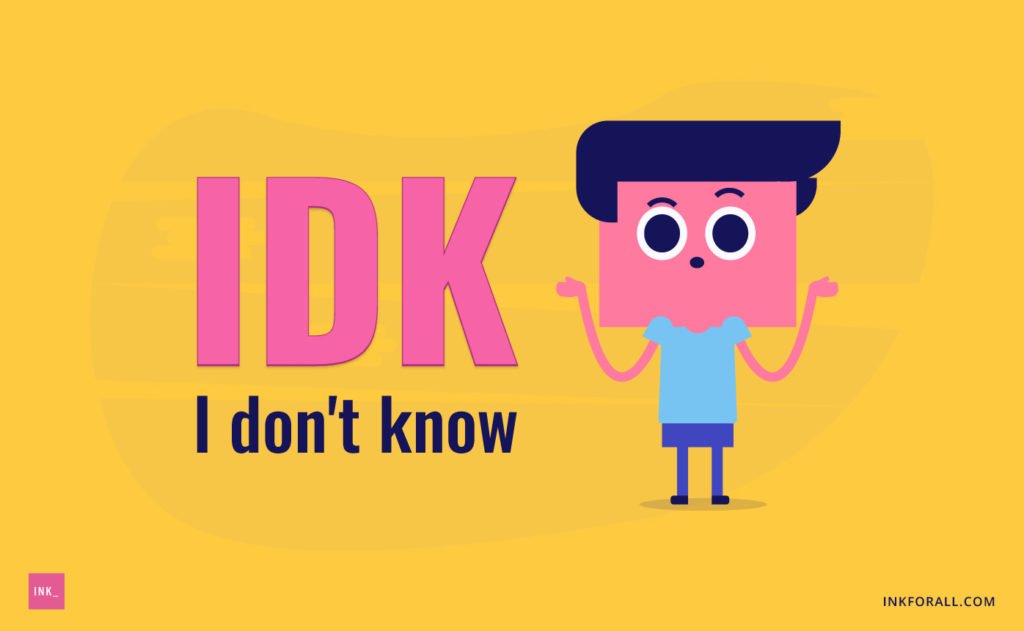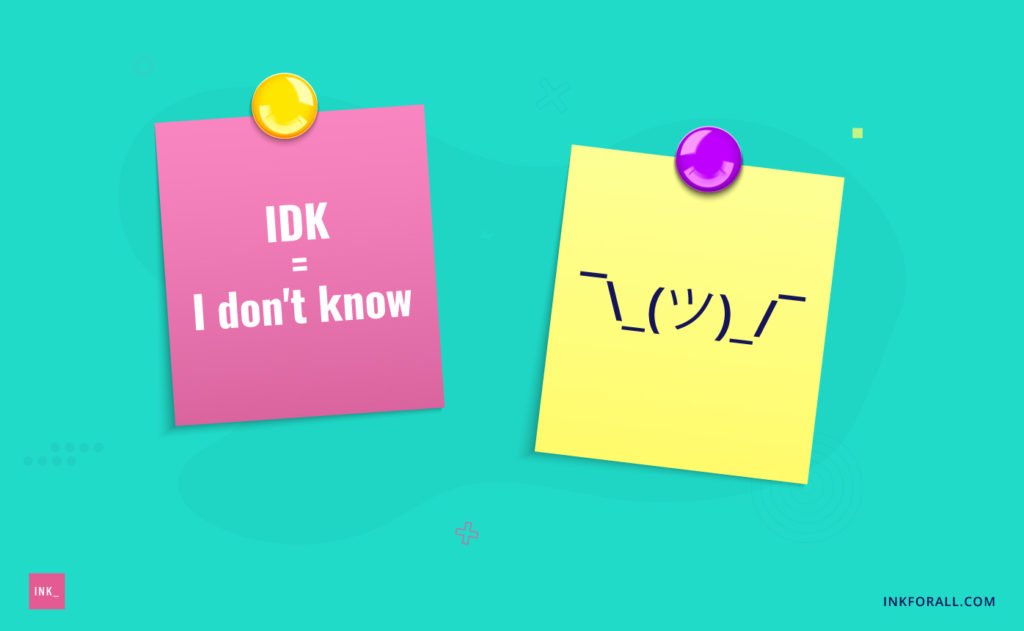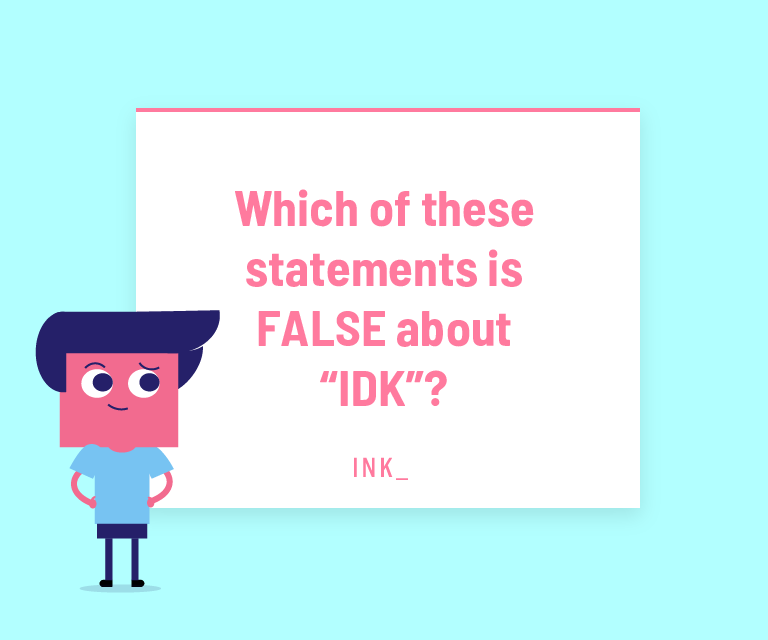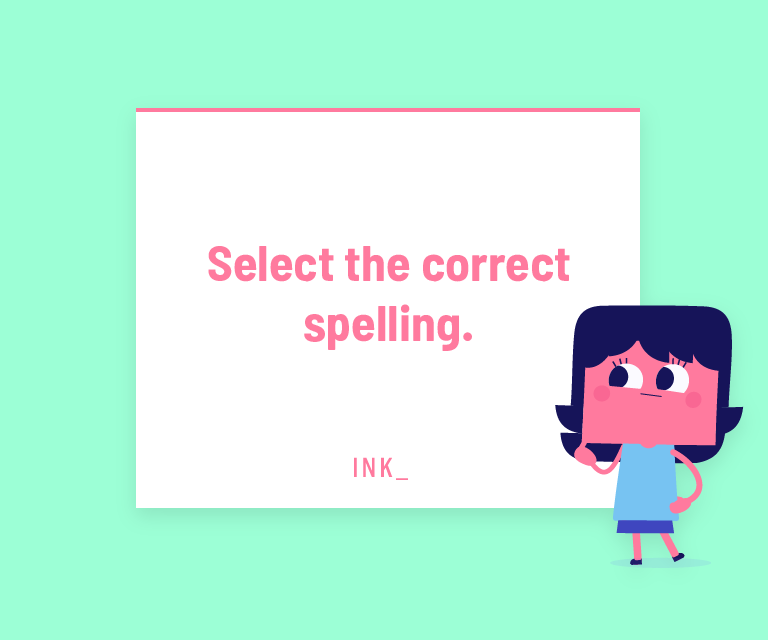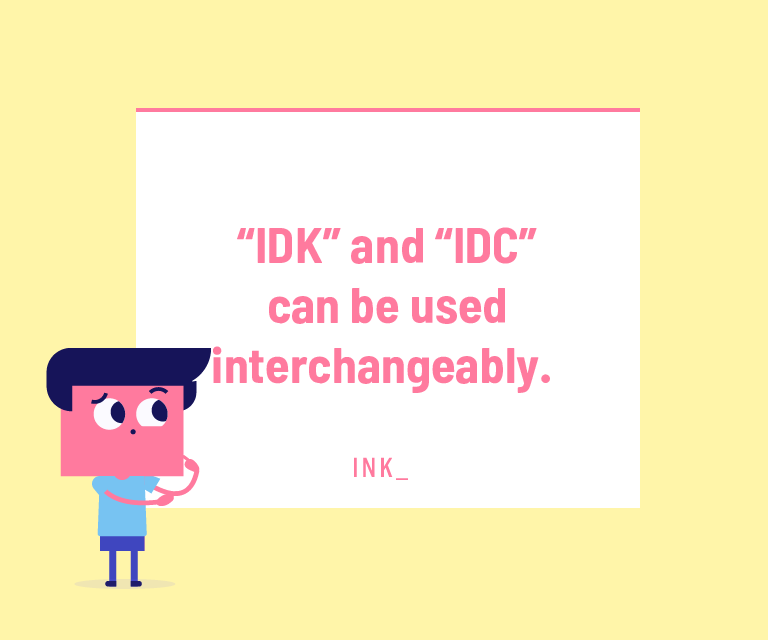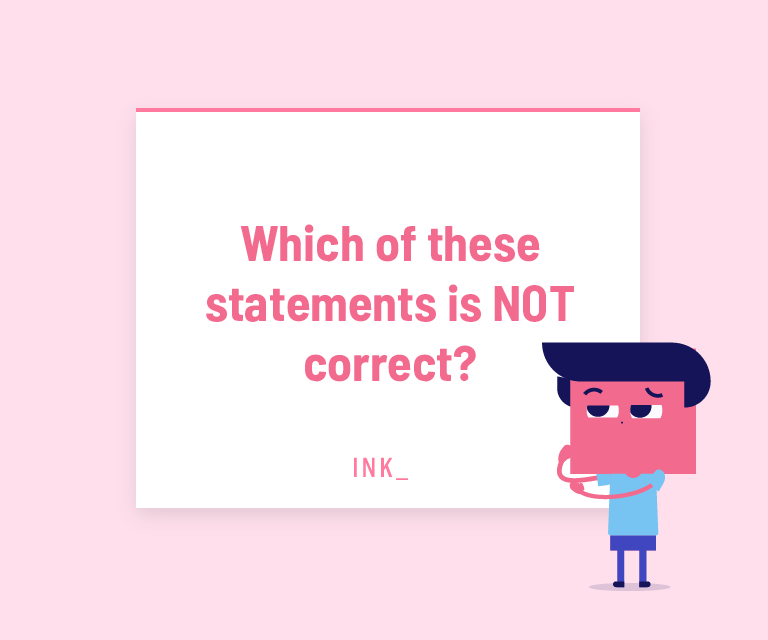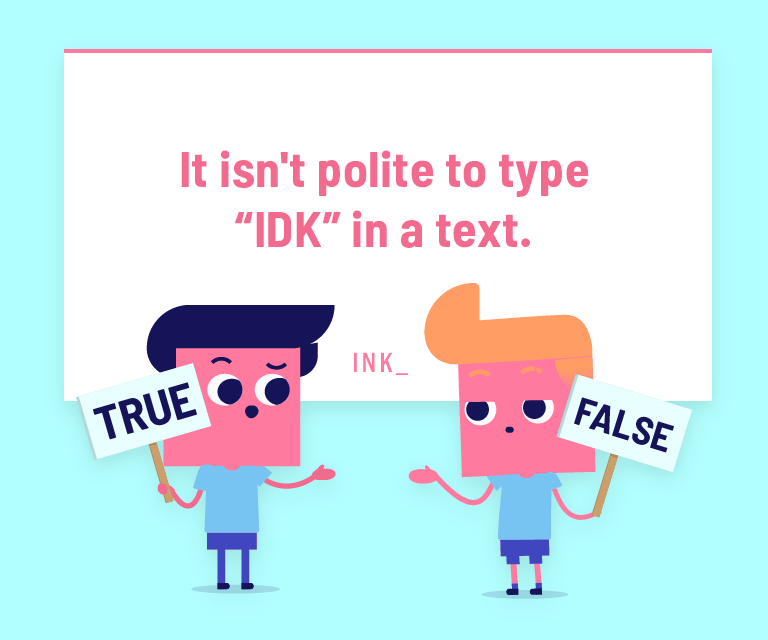Main Simile vs. Metaphor Takeaways:
- A simile is a figure of speech that makes a comparison using “like” or “as.”
- Metaphors are also a figure of speech that makes a comparison, but they don’t use “like” or “as.”
- Writers use both similes and metaphors to paint a literary picture, evoke emotions, and make text more descriptive.
- Some consider metaphors stronger than similes because metaphors are more direct.
- Turn a simile into a metaphor by simply removing “as” or “like” and any attached phrasing.
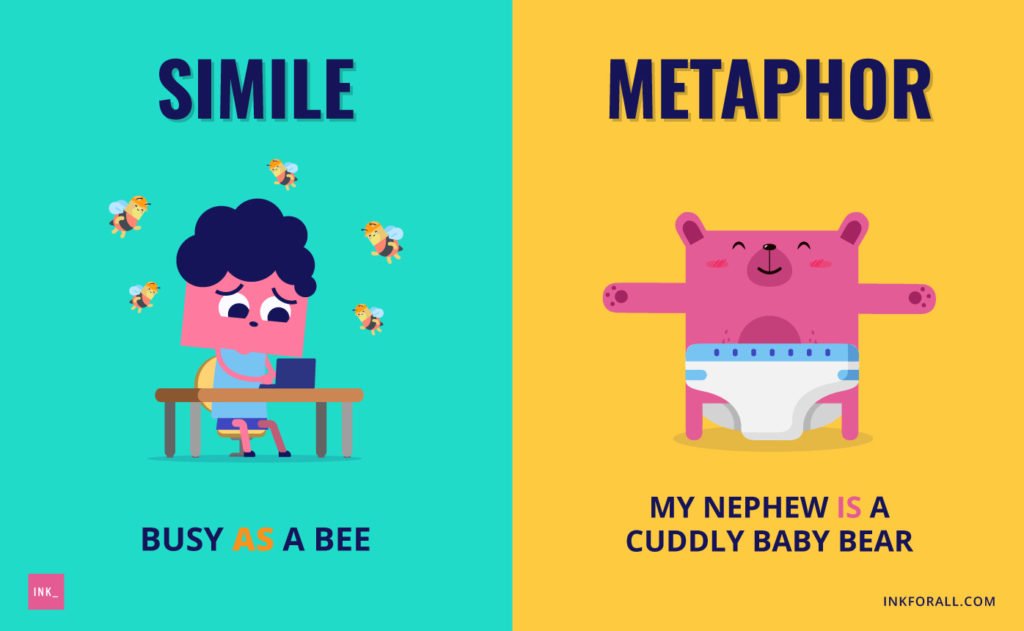

What’s the Difference Between a Simile vs. Metaphor?
Just one word accounts for the difference between a simile vs. metaphor. Both metaphors and similes are figures of speech we use to make comparisons. The difference between them is that a simile uses the words “like” or “as” to make an indirect comparison (fast as lightning) while a metaphor makes a direct comparison without using “like” or “as” (the classroom was a zoo).
The word simile comes from the Latin word simis, meaning “like.”
This makes perfect sense because we know that all similes use the words “like” and “as” to show that one thing resembles another.
For example, do you remember fax machines?
The everyday term “fax” is actually short for facsimile, which is another word for copy. The document you receive is a facsimile, or a reproduction, of the original document. The facsimile is not identical to the original, but it looks a lotlike it.
- Uses “like” or “as” to draw a comparison
- Emphasizes an interesting characteristic or creates a vivid description
- Often used in explanations to help make an unfamiliar idea easier to picture or understand
- Is an effective way to suggest a feeling or emotion
On the other hand, the word metaphor comes from the Greek verb metapherein, meaning “to transfer.”
In this way, you can think of a metaphor as a phrase that directly transfers meaning without needing to use a “like” or “as.”
Moreover, the prefix meta also comes from Greek. Since it means beyond or after, we usually use it to describe things that are comprehensive or self-contained.
Similarly, a metaphor‘s meaning is completely self-contained in the phrase— it doesn’t need any help from a “like” or an “as” to make its meaning clear.
- Doesn’t use “like” or “as”
- Compares things that aren’t alike but share some similarities
- Often dramatic or exaggerated
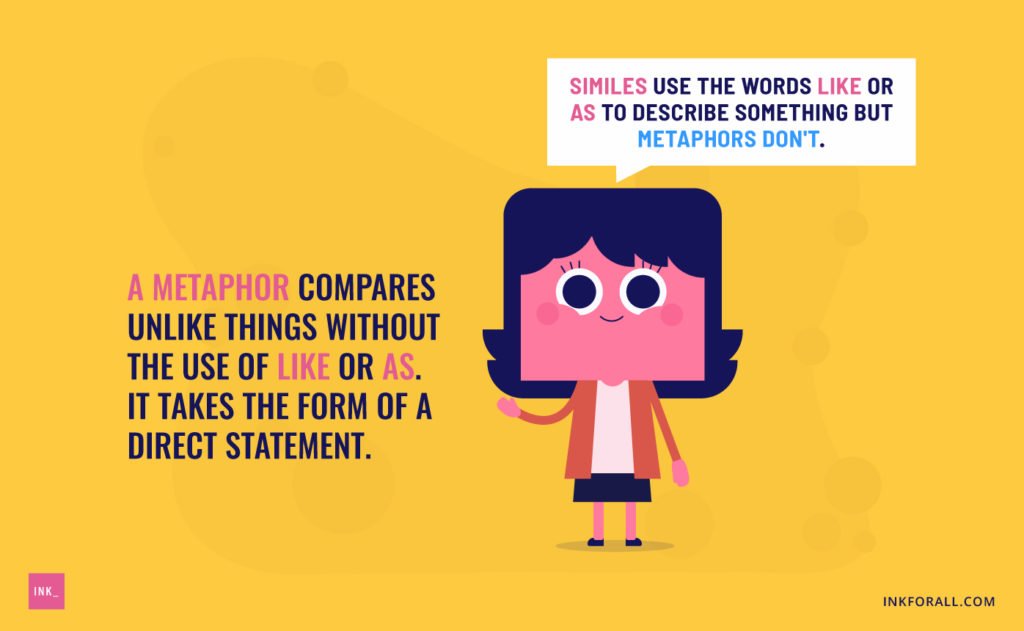

Why use Similes and Metaphors?
We use similes and metaphors because these figures of speech turn ordinary prose into descriptive text that can better capture your reader’s attention. For example, metaphors and similes can evoke emotions like happiness and fear. What’s more, they help describe appearances or personalities in full color and rich detail. Additionally, they help show your unique voice and writing style. Used correctly, a metaphor or simile can help writers create a world and then share it with their audience.
Instead of choosing between a simile vs. metaphor, use them both to flex your creative muscles.
- Make writing more interesting and engaging to readers
- Invoke emotion
- Enrich descriptions with details
- Explain your ideas more effectively
- Show your creativity and unique writing style
My favorite quotation also happens to be a metaphor, and I think it sums up this argument nicely:
“Painting is silent poetry, and poetry is painting with the gift of speech.”
― Simonides
To create an extended metaphor of my own (more on these later): If words are our paint brushes, then similes and metaphors are our colors and our brush strokes.
What are Examples of Metaphors vs. Similes?
Both metaphors and similes are used to make comparisons. They’re a handy way to help your readers understand your vision of a character, scene, or situation. Metaphors are more direct and use words like “is” and “was” to draw a correlation between two things. Similes use the words “like” and “as” for a more indirect way to make a similar correlation. To truly understand the difference between a simile vs. metaphor, it’s best to look at some examples.
Here are examples of a simile vs. metaphor in a sentence:
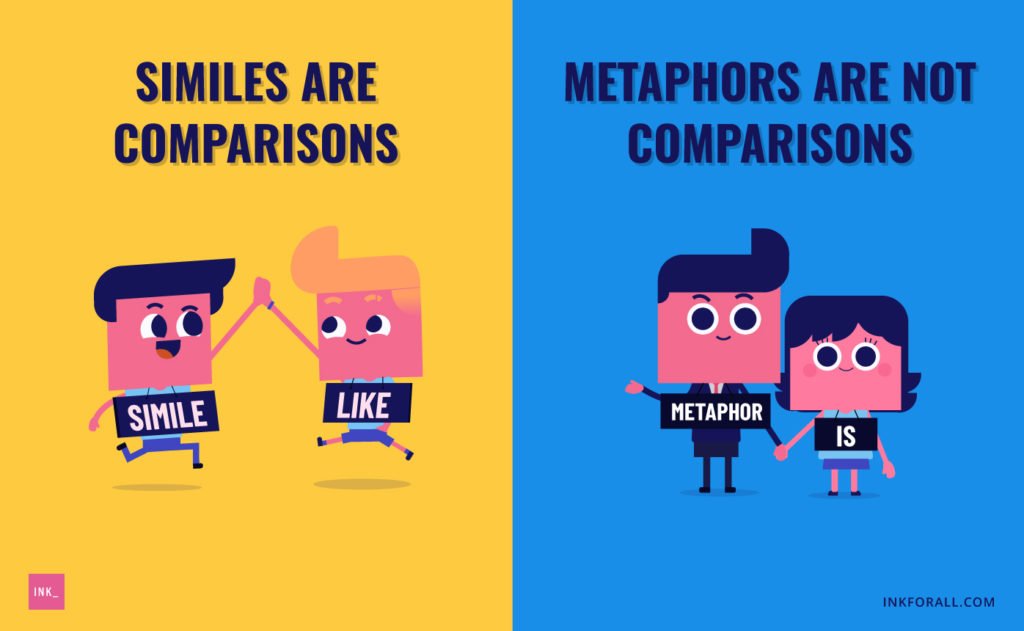

What is an Example of a Metaphor in a Sentence?
Here are examples of a metaphor in a sentence:
What is an Example of a Simile in a Sentence?
Here are examples of a simile in a sentence:
Is a Metaphor Stronger Than a Simile?
Some consider a metaphor to be stronger than a simile because it makes a more direct comparison (something is vs. something is like something else). This slight yet important difference can alter the tone and impact of your writing. For example, the metaphor“Paul is a tiger” compares Paul’s animalistic nature to an actual tiger. On the other hand, the simile “Paul is like a tiger” carries the same meaning as “Paul is a tiger” but it feels less emphatic. Mostly, similes and metaphors are as strong as you make them.
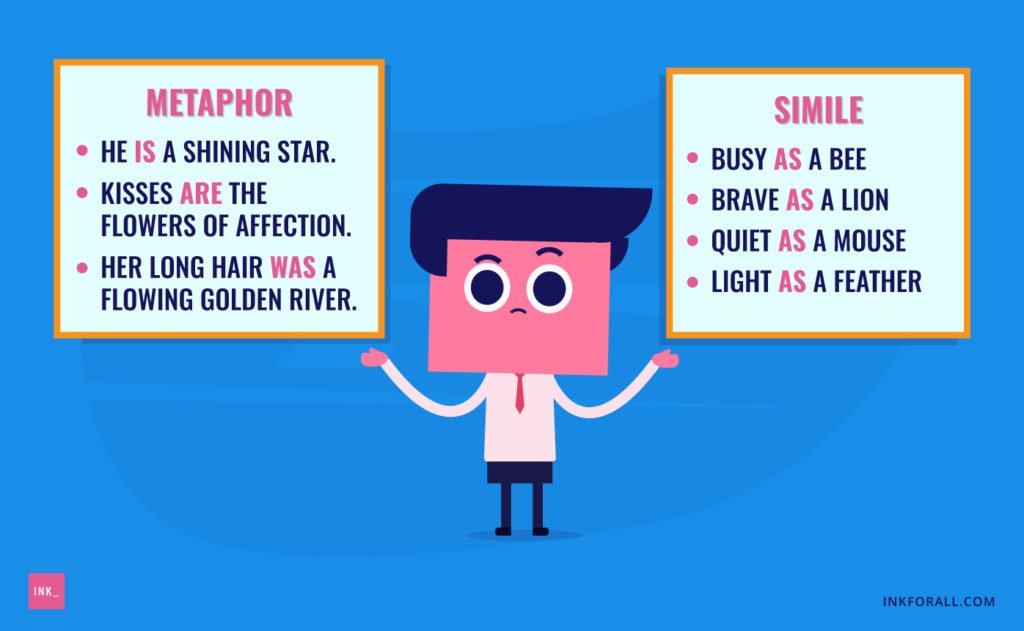

Types of Metaphors
There are four main types of metaphors: standard, implied, visual and extended. However, there are other types of metaphors that are best to avoid, such as dead and mixed metaphors.
Types of Metaphors Include:
- Standard
- Complex
- Implied
- Visual
- Dead
- Mixed
- Extended
Standard
Metaphors can be straightforward comparisons that draw a straight line between two objects. The goal is to use an exaggerated, unrealistic comparison for dramatic effect.
For instance, “Life is a highway.” Clearly life is not a trip down the I-95, but you can understand the author’s intent.
Complex
While metaphors and similes can be complex ways of sharing your ideas with readers, they are not meaningless jargon.
On the contrary, these figures of speech can help you express complex thoughts in a clear, elegant, and creative way.
Notwithstanding, some authors and poets use intentionally complex metaphors. This might be a way to provoke readers to reflect or inspire readers to think in a different way.
Implied
Sometimes metaphors are implied. Rather than say “The captain sounded like a dog,” you might say, “The captain barked orders at his crew.” You never even mention the word dog and yet all your readers know exactly what you’re implying.
Visual
Metaphors can also be much more creative. For example, poets and fiction writers often use visual metaphors to help readers imagine, or visualize, the idea or object the author wants to describe.
For instance, in “Fear,”Sophie Tunnel wrote, “Fear is a slinking cat I find/Beneath the lilacs of my mind.”
Dead
This kind of metaphor is dead because it doesn’t make any sense.
Think about it this way: if metaphors and similes help bring descriptions to life with meaning, dead metaphors do the opposite. They confuse the reader or aren’t clear.
Mixed
Avoid mixing metaphors. Metaphors are a tool that help us express ourselves more clearly, but mixing metaphors can create confusion.
The above example mixes a metaphor about ducks with an implied one about cards (shuffling). While this metaphor does add detail and color to the author’s point, it also makes the sentence complicated and potentially unclear.
Extended
Lastly, there is the extended metaphor. These literary devices aren’t so much a figure of speech as an entire paragraph or even a page of text that builds a descriptive comparison line by line.
In other words, they extend past the confines of one sentence (much like my metaphor that built on Simonides’ above). What’s more, they may even stretch as far as the length of an entire book, opera, or play.
How do you Turn a Simile Into a Metaphor?
One simple way to turn a simile into a metaphor is to remove “like” or “as.” For example, turn the indirect simile “She’s strong as an ox” into the direct metaphor “She’s a strong ox” by removing the word “as.” It’s important to note that the transformation is not always this simple. You may need to change the metaphor’s phrasing to make sure you preserve the original simile’s meaning (He roared like a lion/He spoke in a lion’s roar).
What is a Simile, Metaphor, and Idiom?
There is some overlap between a simile, metaphor, and idiom but there are clear differences. For example, both similes and metaphors draw comparisons. However, similes use “as” or “like” while metaphors don’t. Next, an idiom is a phrase that means something different than what its words literally say. For instance, “raining cats and dogs” means it’s raining hard, not that pets are actually falling from the sky. Idioms are tricky because their meanings are learned rather than deduced.
Similes vs. metaphors and idioms— it’s important to know what each of these terms mean, but it’s more important to use them. Spice up your writing with a smattering of literary devices, and you may find yourself (and your readers) as happy as a lark.
How Well do you Know the Difference Between a Simile vs. Metaphor?
Simile vs. Metaphor Question #1
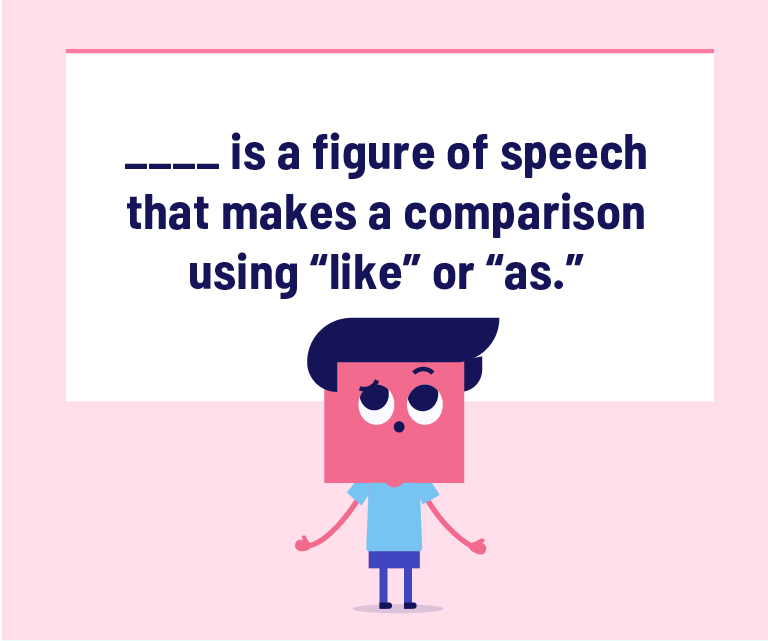

The answer is SIMILE. Although metaphors also make a comparison, they don’t use “like” or “as.”
Metaphors Question #2
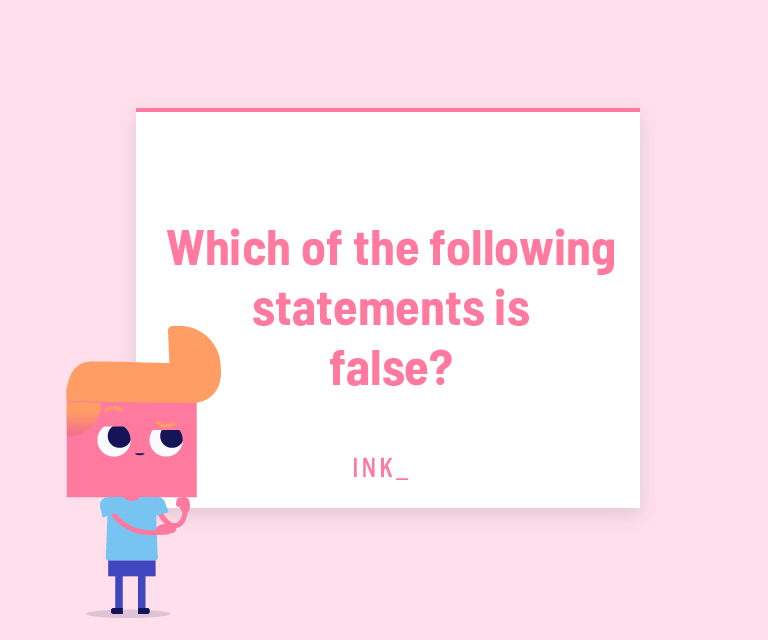

The answer is B. Similes make comparisons using “like” or “as.”
Simile or Metaphor Question #3
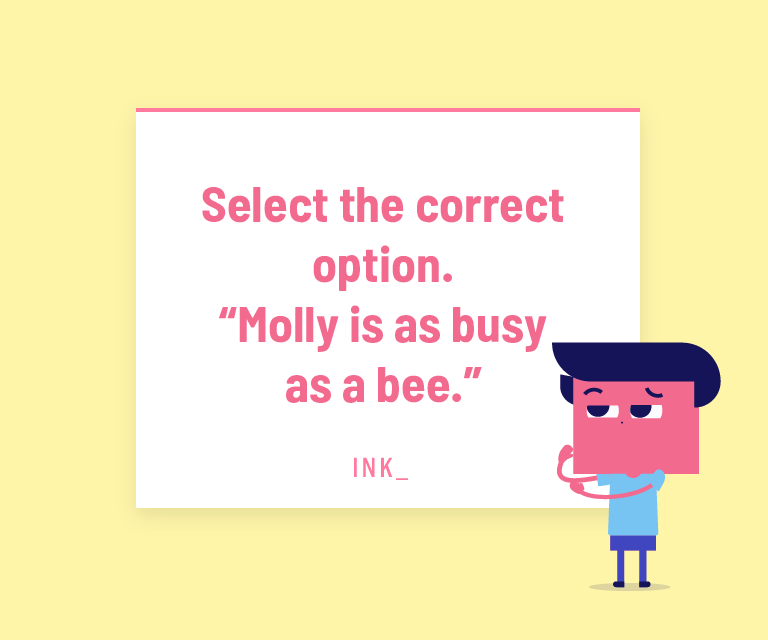

The answer is SIMILE. Similes are less direct than metaphors and use “as” or “like” to make comparisons.
Metaphor or Simile Question #4


The answer is METAPHOR. Metaphors use an exaggerated, unrealistic comparison for dramatic effect.
Simile vs. Metaphor Question #5


The answer is SIMILE. Similes are less direct than metaphors and use “as” or “like” to make comparisons.
Metaphor Question #6
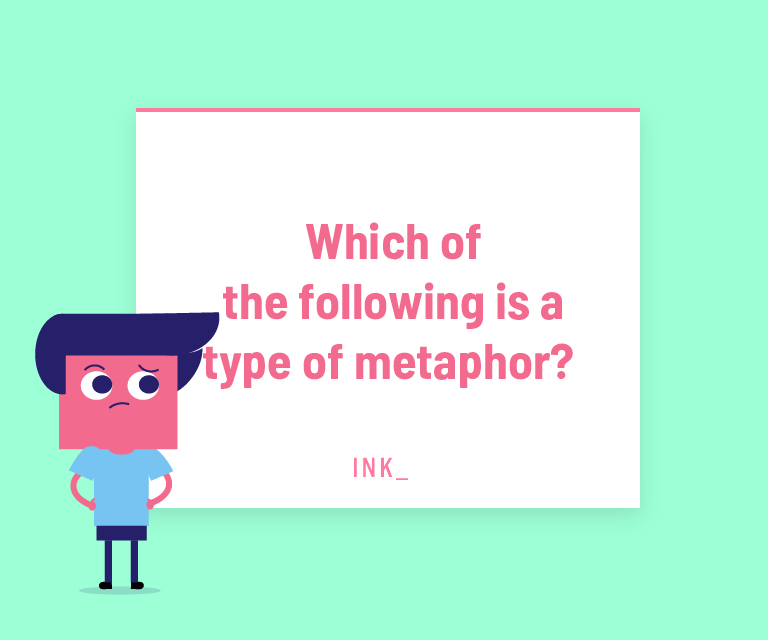

The answer is D. Other types of metaphors include visual, dead, mixed, and extended.
Simile and Metaphor Question #7
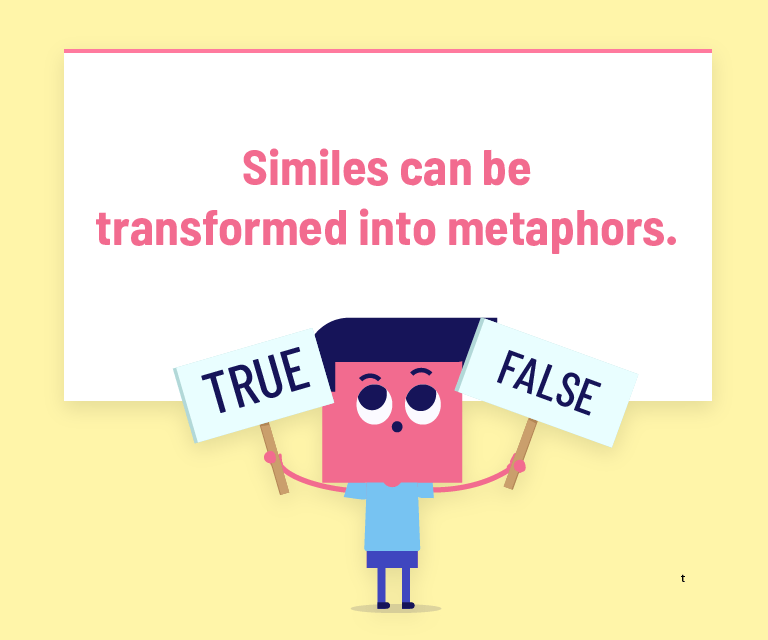

The answer is TRUE. To turn a simile into a metaphor, remove “like” or “as.




